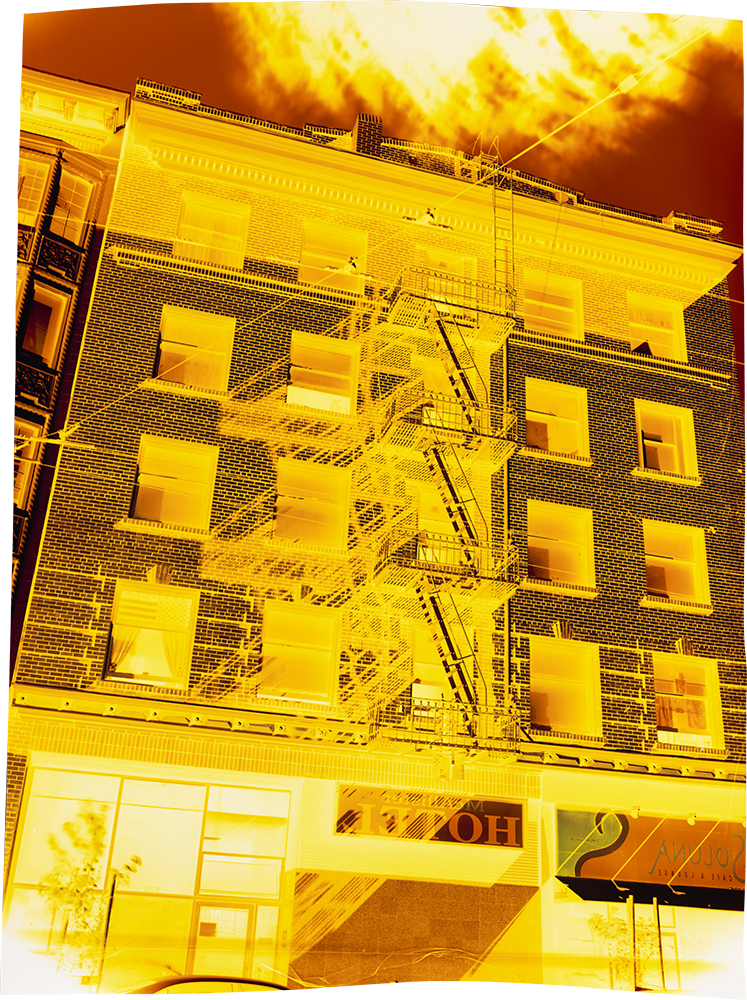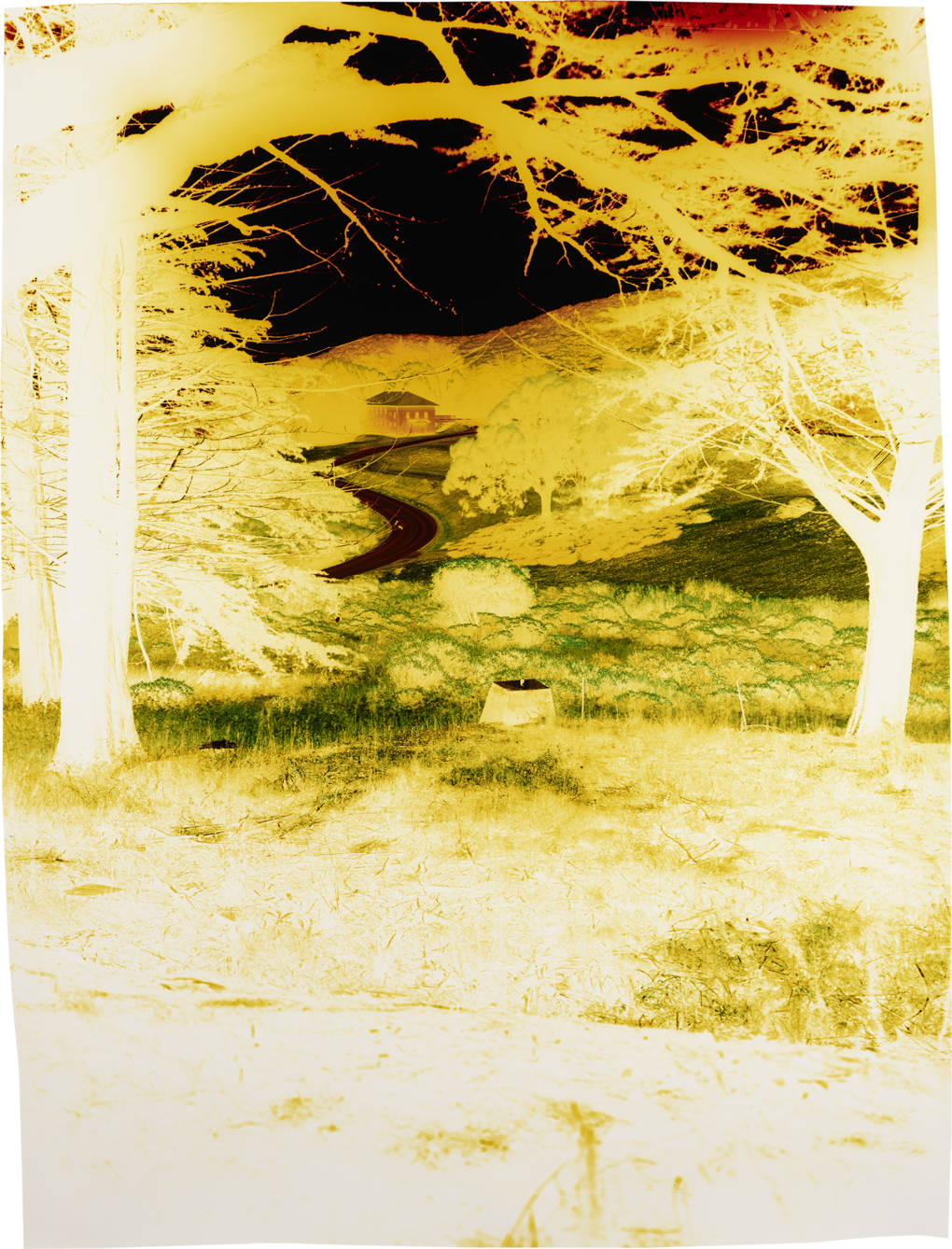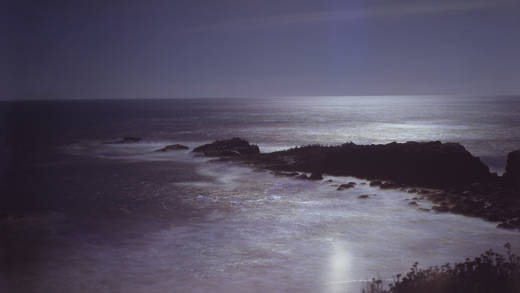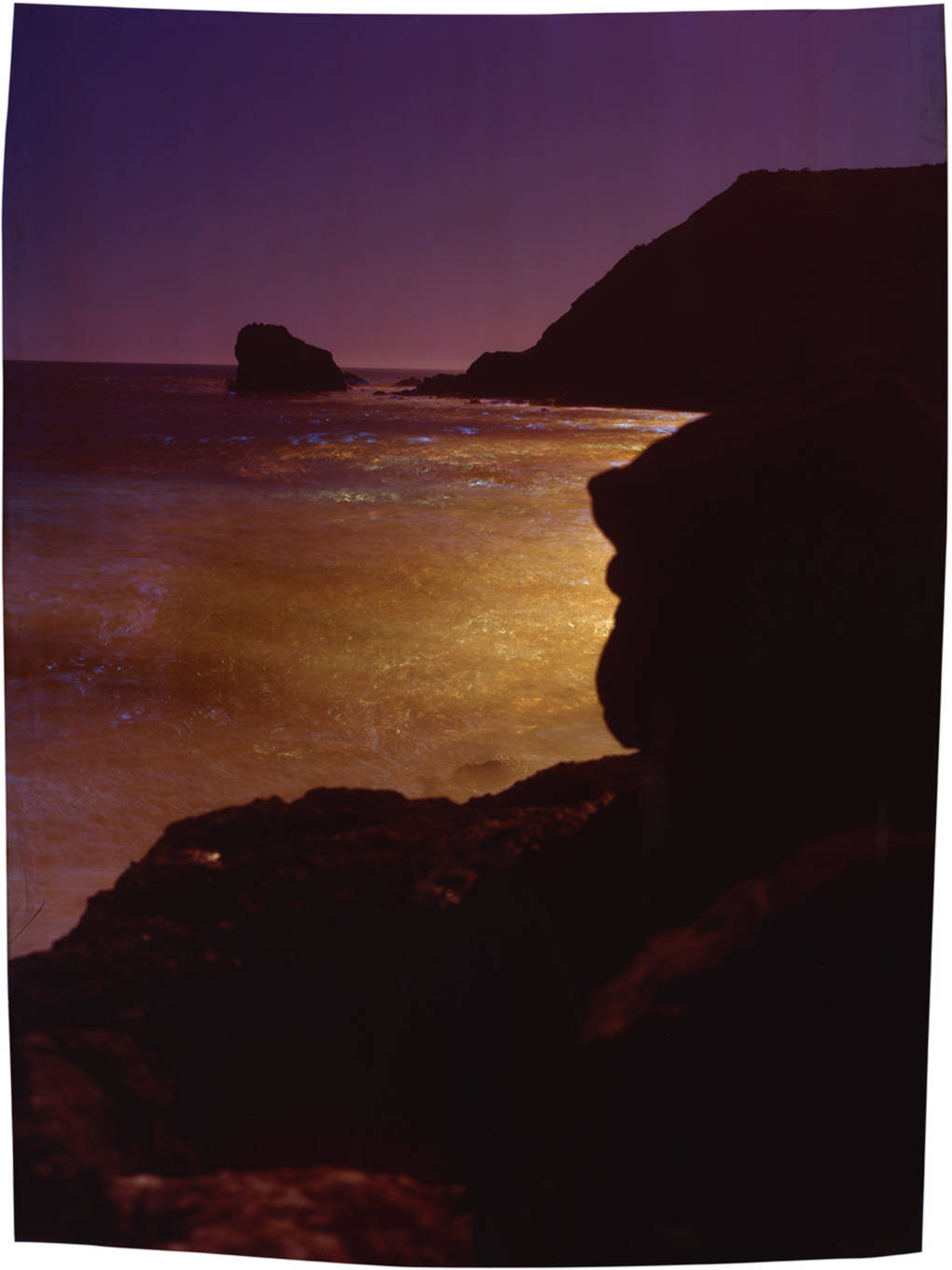San Francisco–based artist John Chiara creates photographs with a handmade camera so large it must be towed on a trailer. The devices works like a camera obscura, box or room-like constructions that predate photography and are used to focus images on a wall through a small hole. While Chiara uses large, high-quality lenses, his process is similar to those used in the early days of photography. In Chiara’s case, the result is one-of-a-kind artworks that buck photography’s most unique trait while embracing the medium as a whole.

We’re accustomed to the idea that photographs — unlike paintings — can be infinitely reproduced. However, the earliest photographs were one-of-a-kind images exposed directly onto a light-sensitive plate. Even though reproducible techniques were introduced early in the history of photography, unique photographs, such as daguerreotypes, ambrotypes and tintypes, remained popular for decades, before ultimately losing ground. There’s still something attractive in the unique image. Less popular than it once was, instant film was a modern fulfillment of this same desire.
Chiara’s latest solo exhibition at San Francisco’s Haines Gallery, Lands End: California at Larkin, showcases 16 of his newest works. Though Chiara also has a new book, John Chiara: California, that features work taken throughout the state, Lands End focuses solely on works photographed between Pescadero and the Marin Headlands.
To capture these one-offs, Chiara places large sheets of light-sensitive photographic paper inside the camera, where images are exposed directly onto the paper. With this process, Chiara creates unique objects that can never be duplicated, only approximated (like the images accompanying this article). And though the digital images interspersed here may appear to be high quality, the originals are stunning in their clarity.

Indebted as it is to traditional photography techniques, Chiara’s work is particularly impressive because it is not retro. His photographs aren’t novelties or throwbacks, nor should they be, since at their essence they are simply impressions of light.




